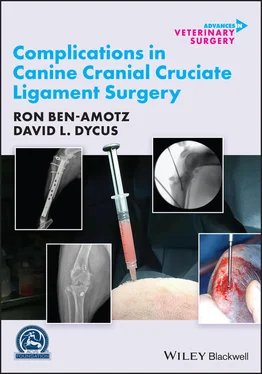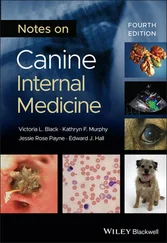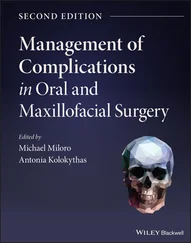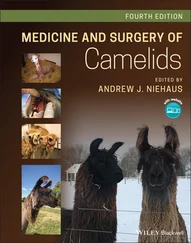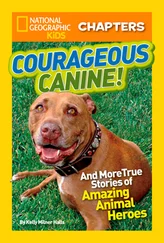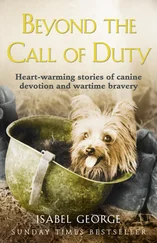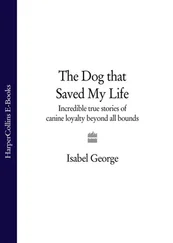Acknowledging and understanding complications are the keys to avoiding them, and this all‐star line‐up of experienced authors communicates these keys in a comprehensive and transparent way that is refreshing and inspiring. Importantly, the editors and authors committed themselves to an evidence‐based approach to each and every chapter such that information provided is both reliable and pragmatic. Equally importantly, each chapter answers the question, “What do I do now?” so that readers are provided with decision‐making algorithms, tools, and techniques to address complications, both intraoperatively and postoperatively, and to know when and how to revise cases in order to rescue the outcome. This text is well written and well illustrated such that the knowledge provided is readily applied to “real‐life” clinical practice.
Again, I sincerely compliment the editors and the authors on their valuable effort, which has resulted in a rich resource for everyone involved in the care of dogs with cranial cruciate ligament disease. I hope that veterinarians of all experience levels will take advantage of this resource by taking it to heart and using the same evidence‐based approach put forth in this book in their delivery of care to patients and honest communication with clients.
James L. Cook , DVM, PhD William and Kathryn Allen Distinguished Chair of Orthopedic Surgery Director, Thompson Laboratory for Regenerative Orthopaedics University of Missouri
To err is human – an existence and experience marred by miscalculation and misjudgment. Errors infiltrate every aspect of our existence, including our professional lives. As surgeons, we carry a greater burden than most, operating daily with the knowledge that our errors may be catastrophic.
The idea for this book arose from an unrewarding reference search. We all know that complications occur, and that countless publications exist in which these complications are described in detail. But my question was this: what happens next? In particular, I noted a surprising lack of answers to this question even with regard to the surgical treatment of canine cruciate ligament disease, one of the most common orthopedic problems we routinely address. It was then that I began to realize that providing these answers in an accessible format would serve not only our residents, novice surgeons, and general practitioners, but the entire surgical community.
As David and I embarked on the mission of editing this book, I was continuously reminded of Benjamin Franklin's quote: “by failing to prepare, you are preparing to fail.” Not only must we prepare for every surgery we perform, we must also know how to face our mistakes when things do not go according to plan. Understanding and, more importantly, acknowledging our mistakes is the key to avoiding them in the future. We must have the courage and humility to admit when things go wrong before we can attain the wisdom to correct them.
Without the dedicated support and encouragement of those who have joined me on this journey, I could never have become who I am today. I owe many thanks to former resident‐mates, who endured the initial training with me, and to my current and former students and residents who ensure that my knowledge base remains sharp and up to date. Of course, that knowledge wouldn't even be there without the help of my mentors and professors, all of whom contributed in unique and unforgettable ways, and the AO community, who welcomed me as a young faculty member, and whose members tirelessly work to advance our chosen field. In particular, I owe special thanks to Dr Jonathan Dyce, who pushed my boundaries and expected nothing less than excellence and perfection in return, Dr Robert Orsher, who has been invaluable in his support of my professional aspirations, and Dr Joshua Zuckerman, who enthusiastically accompanies me on my writing expeditions.
I would like to express my most sincere thanks to the distinguished authors who contributed an incalculable wealth of knowledge and experience to this textbook. All of your dedication and hard work resonates within these pages. Thank you as well to the ACVS Foundation for their endorsement and belief in this project, and to Merryl Le Roux and Erica Judisch from Wiley Blackwell, without whom it could never have become a reality.
I am indebted to my parents, Gadi and Lia, who have supported me along every step of my education and career. They taught me the importance of hard work, compassion, perseverance, dedication, and honesty. To my sister Dana and my brother Oded, I am grateful for their belief that I can overcome every hurdle encountered along the way.
The true dedication of this book belongs to my beloved wife Shir‐Raz, who sacrificed everything so I could fulfill my dreams. She tirelessly supported my goals, traveled the world with me, and never gave up on me. Without her I would not be who I am or where I am today. Finally, to my beautiful children Shai, Yoni, and Gali, who remind me every day what is really important in life.
And of course, to our canine and feline companions, who bring joy to our lives. We owe them our compassion, professional dedication, and love.
Ron Ben‐Amotz
We as surgeons always want the best for our patients, and when we put the scalpel to the skin should be prepared to provide that. As Dr Atul Gawande has stated, “No matter what measures are taken, doctors will sometimes falter, and it isn't reasonable to ask that we achieve perfection. What is reasonable is to ask that we never cease to aim for it.” I remember back in 2018 when Dr Ben‐Amotz approached me about an idea for a book dedicated to complications for a particular disease condition. Recognizing the commonality of cruciate ligament disease in veterinary medicine and the vast array of procedures led to the birth of this textbook. We realized that stabilization techniques are briefly taught in veterinary school, and in‐depth training comes in the form of a formal surgical residency. However, the majority of individuals learn these techniques through mentorship in practice or through continuing education. As an instructor for courses that teach stabilization techniques, it became apparent that we were teaching individuals how to perform the procedure but lacking on the preparation for minimizing complications, identifying intraoperative complications, and how to recognize and address postoperative complications. My hope is this textbook serves to fill in those gaps.
Many thanks are due to Erica Judisch, and various editors from Wiley Blackwell, for supporting us in the development of this book. They were supportive from the conception of this book and through the entire process. In addition, a thank you is due to the ACVS Foundation for supporting the book series as well as believing in the need for this book.
I still consider myself a young and developing surgeon and I would not be where I am today without the help of many mentors, colleagues, interns, residents, and general practitioners. It is the collection of everyone that has shaped me and helped me grow. Mentors have pushed me, taught me, and helped me when I was struggling. There are far too many to list here; however, a special thank you to Dr Ron McLaughlin who from my first year in veterinary school to the last day of my surgical residency instilled in me the desire to achieve perfection and laid the groundwork for me to get to where I am today. In addition, the words given to me by Dr Don Hulse to “make it better” have never been truer. His advice to never stop learning and keep thinking outside the box have helped evolve my desire to always keep pushing forward to help our patients.
However, the book is truly dedicated to my wife Brooke and daughter Kennedy. Without both of them I am nothing. My hope is that as my daughter grows older, she understands the work ethic I have tried to instill in her and recognizes the commitment that I have put forth in the veterinary industry. I hope she takes these things to become a successful woman who is able to critically think for herself and is always striving to make the world a better place. For Brooke, who has been with me since day one; she is my rock, best friend, and partner. There is no way I would have survived veterinary school, internship, residency, private practice, performing research, and teaching without her. She has “held the fort” for all the years of me working late at night, traveling, and working through the weekends. For this I owe her a debt of gratitude. In addition, a special thank you to my parents, Don and Vickie, who instilled in me to be the best I can be in whatever I do. While hard at times, I was taught the value of hard work and a strong worth ethic. The principles, values, and morals they taught me set me up to succeed not only as a veterinarian but also as a human.
Читать дальше
